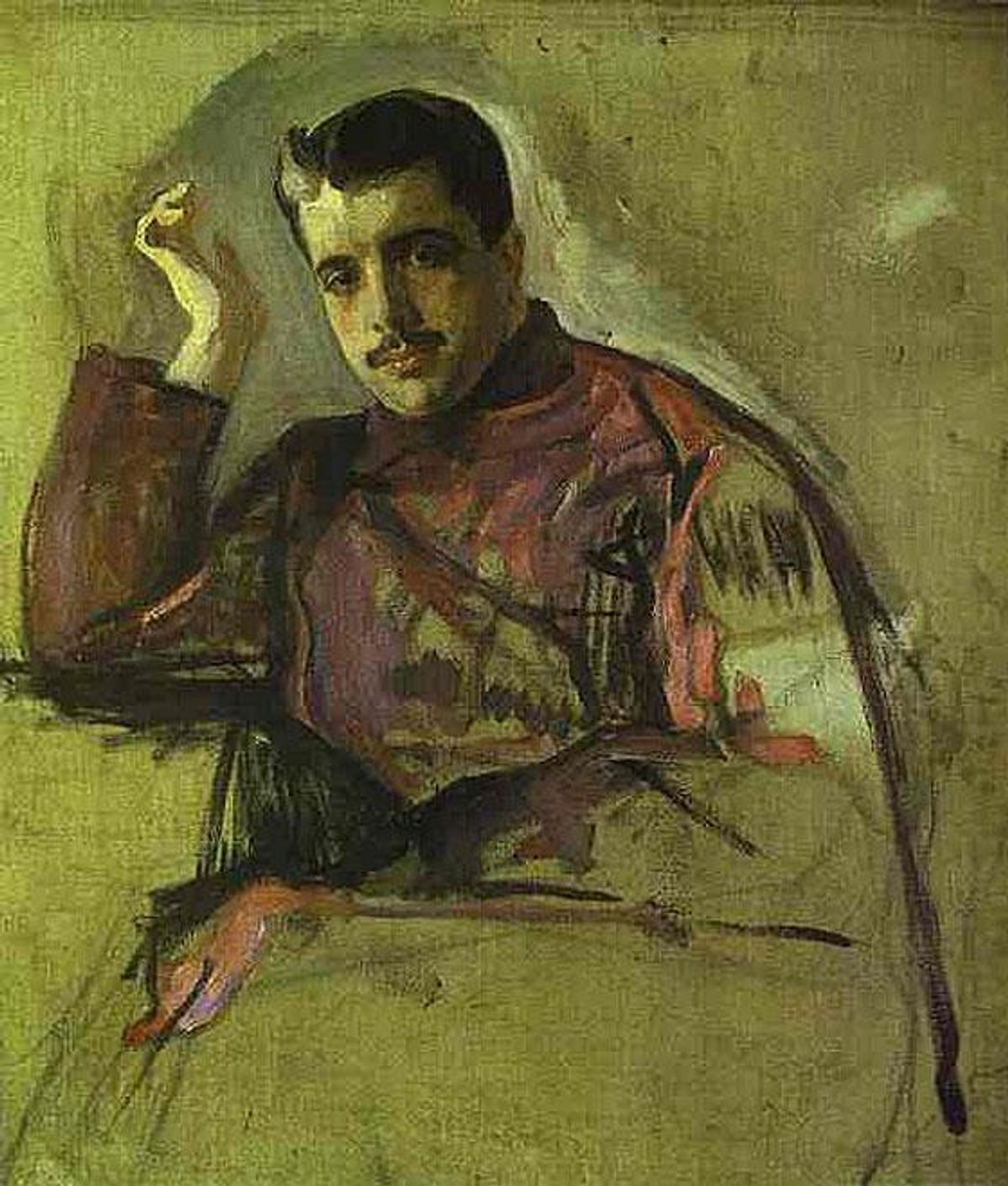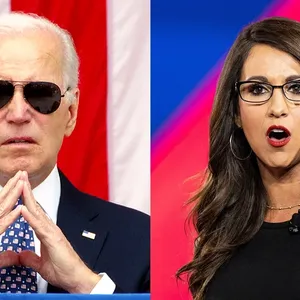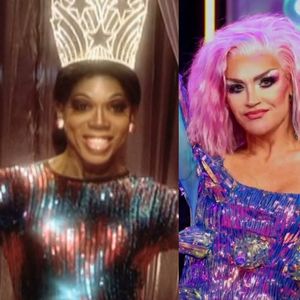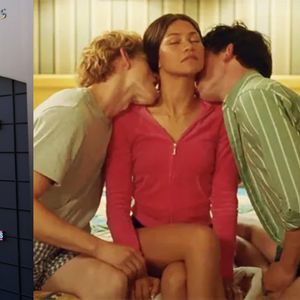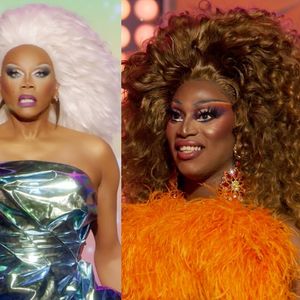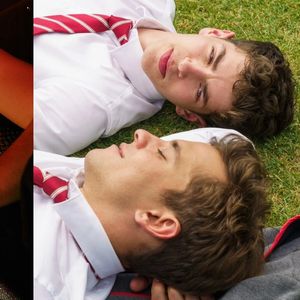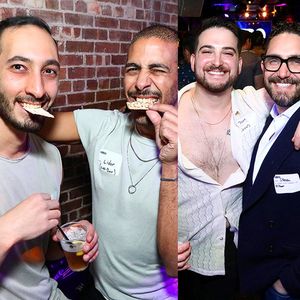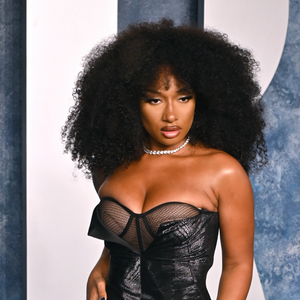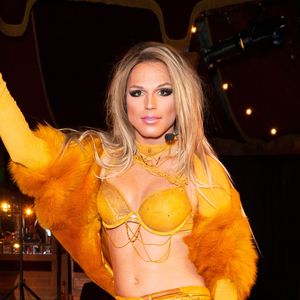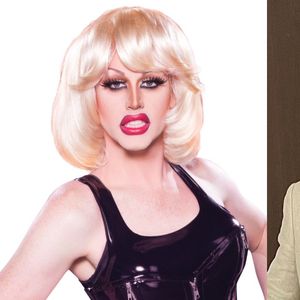Sergey Diaghilev and the Ballets Russes
The legendary ballet impresario founded the Ballets Russes, a collaborative effort of the most talented artists, composers, and dancers of the early 20th century. His homosexuality was fairly well known, as was his relationship with the dancer Vaslav Nijinsky and other various lovers, including Boris Kochno, Leonide Massine, and Serge Lifar. The Ballets Russes became a locus in itself, attracting large numbers of homosexual men wherever it performed. With his intimate coterie of superbly talented gay artists, Diaghilev invented the gay mafia as they cruised together and swapped boyfriends. His concept of the male dancer as an erotic focal point helped create and commercialize the gay male gaze.
Isadora Duncan: The Wild Child
Isadora Duncan was the original wild child -- a sexually rambunctious free spirit who looked at dance as a spiritual way of life rather than an entertainment. She is credited with inventing modern dance by moving away from the rigidity of ballet and celebrating the ungirded, flowing beauty of the female form.
In 1922 she married gay Russian poet Sergei Yesenin, who was 18 years her junior. He was young, golden, and beautiful, and a tragically fated alcoholic. After his suicide Duncan sought the comfort of another woman, Mercedes de Acosta, an artist-writer-socialite notorious her numerous affairs with famous and wealthy women, including leading Hollywood actresses.
Ironically, the woman who ran from constriction was strangled at 50 as her flowing scarves were ensnared in the wheels and axle of a Bugatti, breaking her neck.
Vaslav Nijinsky: Beautiful and Tortured
Diaghilev's most famous star, creation, and lover, he became an avant-garde choreographer in his own right. His body was legendary, with short, powerful legs that performed in amazing leaps, and long slender arms that captured a more feminine grace. His most enduring moment was the scandal created in 1912 as he performed his role in L'apres-midi d'un faune (The Afternoon of a Faun), which culminated in self-pleasure. With great talent came great madness. For a close-up look at a mind gone mad read his Diary, written in the last six weeks before he was committed to an asylum.
Sir Frederick Ashton: Freddy and Gertrude Stein Broke Ground
Bon vivant and boulevardier, Ashton was one of the 1920s' bright young people along with Cecil Beaton and Stephen Tennant. He produced and directed many ballets and operas, but is most famous for founding the Royal Ballet in London. Inspired as a child growing up in Peru by seeing a performance by Anna Pavlova, he set course for a life of dance from that moment on. His broad travesti performances as one of two comic Ugly Stepsisters in Cinderella -- the other being Robert Helpmann -- were annual events for many years. A crowning event with a constellation of gay stars was his choreography for Four Saints in Three Acts, an opera by American composer Virgil Thomson with a libretto by Gertrude Stein. Written in 1927-1928, it contains about 20 saints and is in at least four acts. It was groundbreaking for form, content, and its all-black cast.
Josephine Baker: Bisexuality and Banana Skirts
This black bombshell was an American dancer, singer, and actress who found fame in her adopted homeland of France. She was the first African-American woman to star in a major motion picture and to become a world-famous entertainer. She is also noted for her contributions to the civil rights movement in the United States, for assisting the French Resistance during World War II, and for being the first American-born woman to receive the French military honor the Croix de Guerre.
Baker came from an extremely hardscrabble background; she was descended from former slaves, and she was sent out to work at age 8. She dropped out of school at 12 and danced on street corners for handouts. She was recruited for the vaudeville circuit, and her easy combination of humor, grace, and raw sexual energy skyrocketed her to international fame. She became a symbol of the modern age, embodying the lines and grace of an ebony art deco statue.
Clara Smith, Evelyn Sheppard, Bessie Allison, Ada "Bricktop" Smith, and Mildred Smallwood were all African-American women she met while touring on the black performing circuit early in her career, and were all rumored to be her lovers. The larger diamonds in her crown were lovers Colette, the French author of Gigi, and Frida Kahlo.
Ted Shawn and His Male DancersShawn learned to dance as physical therapy to strengthen his muscles after a bout with diphtheria while attending the University of Denver. His continued interest in dance then caused his expulsion from school. His focus on dance as a profession developed when, in 1914, he married dance diva Ruth St. Denis, who had a large company that performed "spectacles" on the Vaudeville circuit. After they married they formed the Denishawn Dance School in Los Angeles, where notable students included Martha Graham and Louise Brooks.
Along with the crash of 1929 came the end of the partnership between Shawn and St. Denis. They remained married for the rest of his life -- the marriage gave them both a veneer of respectability -- but the household was dismantled and Shawn went east. With the purchase that same year of a rundown farm in the Massachusetts's Berkshire Mountains known as Jacob's Pillow, Shawn laid the groundwork both for his revolutionary company of male dancers and America's oldest dance festival.
His company not only performed all-male dances but lived and worked communally on Shawn's rustic property. They grew their own food, built their own lodgings, and lived harmoniously as a mixed group of straight and gay male dancers. With his determination that all-male dance be accepted as an art form, Shawn became the founder of modern dance for men in the 20th century.
Lincoln Kirstein: Inventing Ballet in New York
Imposingly tall and exotically beautiful, Lincoln Kirstein was a protean cultural impresario. Rejected by The Harvard Advocate, he convinced his wealthy father to fund his own magazine, Horn & Hound. It was an important magazine in the world of art and literature, especially on the East Coast. He moved away from the project in 1934 when he began funding George Balanchine's development a ballet company that ultimately became the New York City Ballet. He served as the company's general director from 1946 to 1989. Kirstein commissioned and helped to fund the physical home of the New York City Ballet: the New York State Theater building at Lincoln Center, designed in 1964 by gay architect Philip Johnson.
An almost absurdly gay moment in Kirstein's career was the 1938 ballet Filling Station by Lew Christensen, with music by gay composer Virgil Thomson and book by Kirstein. Gay artist Paul Cadmus designed the sets and the see-through costume for the station attendant. The Museum of Modern Art says of the ballet, "Filling Station, which concerns a gas-station attendant's run-ins with various patrons, received rave reviews in the United States and abroad. The ballet's subject matter allowed Cadmus to further explore themes seen in his fine-art practice: the eroticized male body and views of everyday American life."
In part 2: Jack Cole invents Marilyn Monroe, Jerome Robbins drives everyone crazy, Roberto Gomes comes out on an
Advocate cover, and Rudolph Nureyev remains the bad boy dancer of all time.
